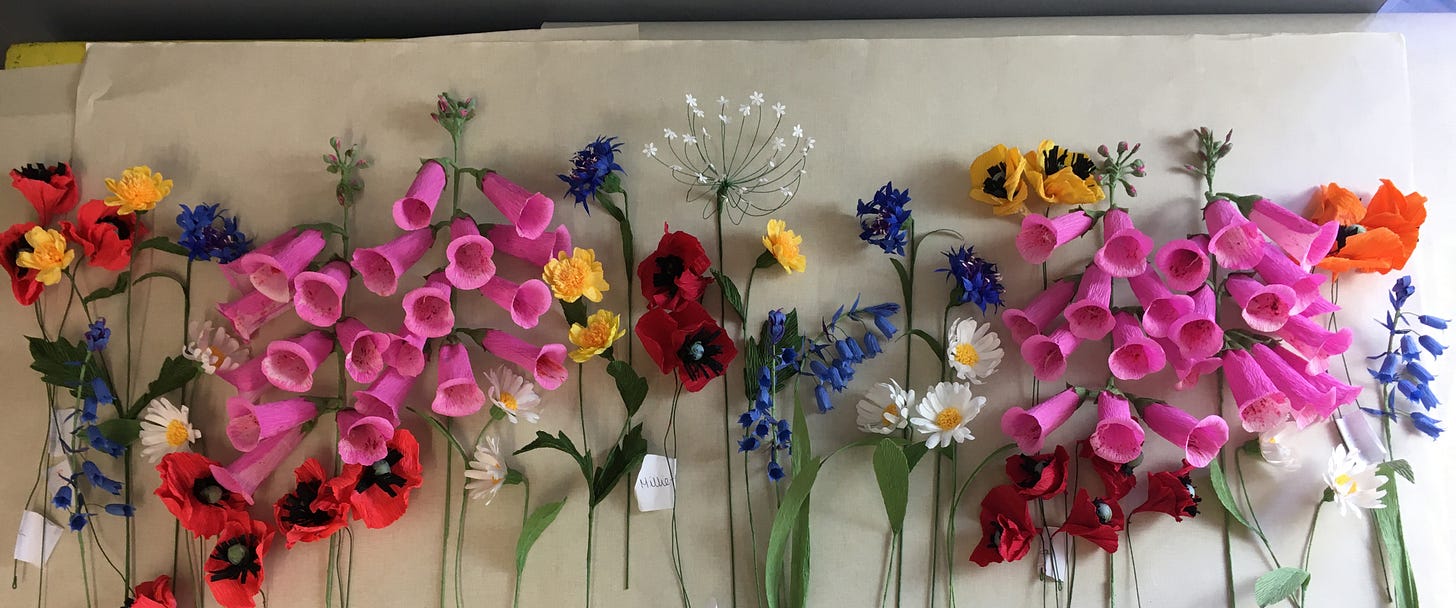Dear Reader and Flower Friend,
Let’s get straight into it. You’ve probably come across these statistics: In a UK survey, 83% of children cannot identify a bumblebee. Nearly half of all children asked could not identify brambles, blackberries or bluebells1. Awful! How can we turn this around? To ease the overwhelm - I’ll feel my way into it with a story of poppies and foxgloves for a football fan.
Early in 2022 I met the inimitable Peter Carney and was introduced to ‘craftivism’2. Peter is a Scouser, a Red, a Hillsborough survivor and a massive craftivist. He makes banners, the type you see at the football, and his colourful and arresting Hillsborough Memorial Banner had been pegged for inclusion in ‘Designing the Beautiful Game’, a 2022 exhibition at The Design Museum, Kensington. It’s huge and in keeping with Peter’s headline 'I try to trigger all the senses' it includes two pockets intended to hold fresh flowers - which is not an option for a three month stint in a gallery. Searching for something better than plastic flowers (yuck), Peter teamed up with Polly and Richard of the Northern Flower House - campaigners for rewilding who deliver sowing projects across Merseyside, harvesting wildflower seeds and expanding their reach year on year. They found me and between us we cooked up the idea of visiting schools, combining wildflower sowings with crafting. We wanted to talk about serious themes of social and environmental justice and while we talked the pupils made poppies - for remembrance - subsequently combined with my paper wildflowers to fill the banner pockets with a gloriously colourful, nature friendly floral tribute.

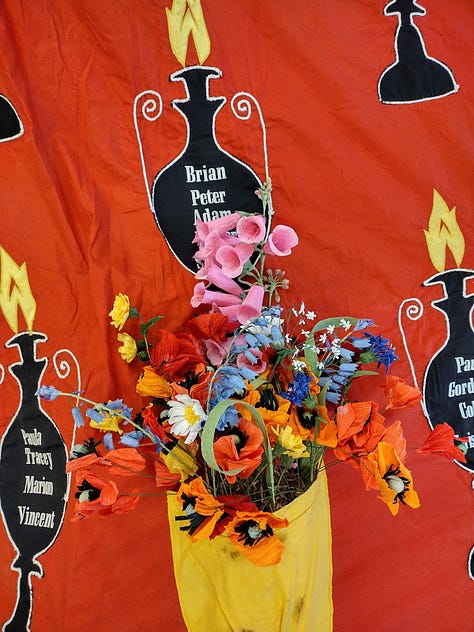
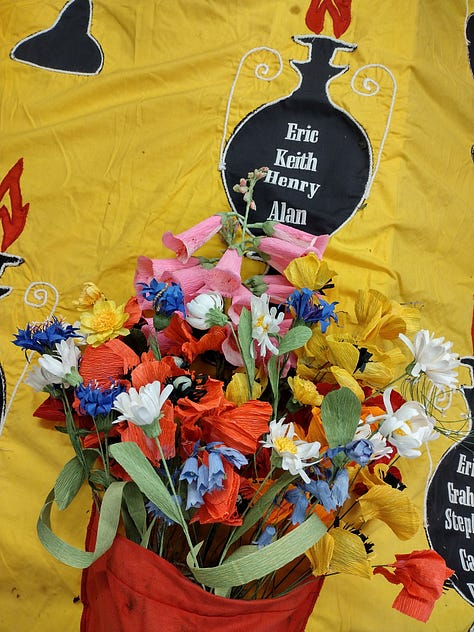
My turning point - as a rookie wildflower advocate - happened when I innocently mentioned honey in a discussion about bees and flowers. A student’s hand shot up. “Excuse me miss and I’m sorry I don’t want to be rude but you’re wrong about this” Go on…. “It’s got absolutely nothing to do with honey and people, it’s all about the flowers and the bees!” - and he went on to explain pollination to me in great detail. Wonderful! Honestly, I was owned by a nine year old - and of course he was right. I had been fumbling around not quite knowing what to say or how to pitch it, unsure of what these kids knew. But they knew, they cared and they felt it. They knew what the salient point was! Later that summer, preparing a similar, larger scale project, I put serious time into research so I can now comfortably say I know my subject, the anatomy of each inflorescence and an anecdote to accompany all of them. I had to start somewhere, and talking to these kids about nature taught me a lesson.
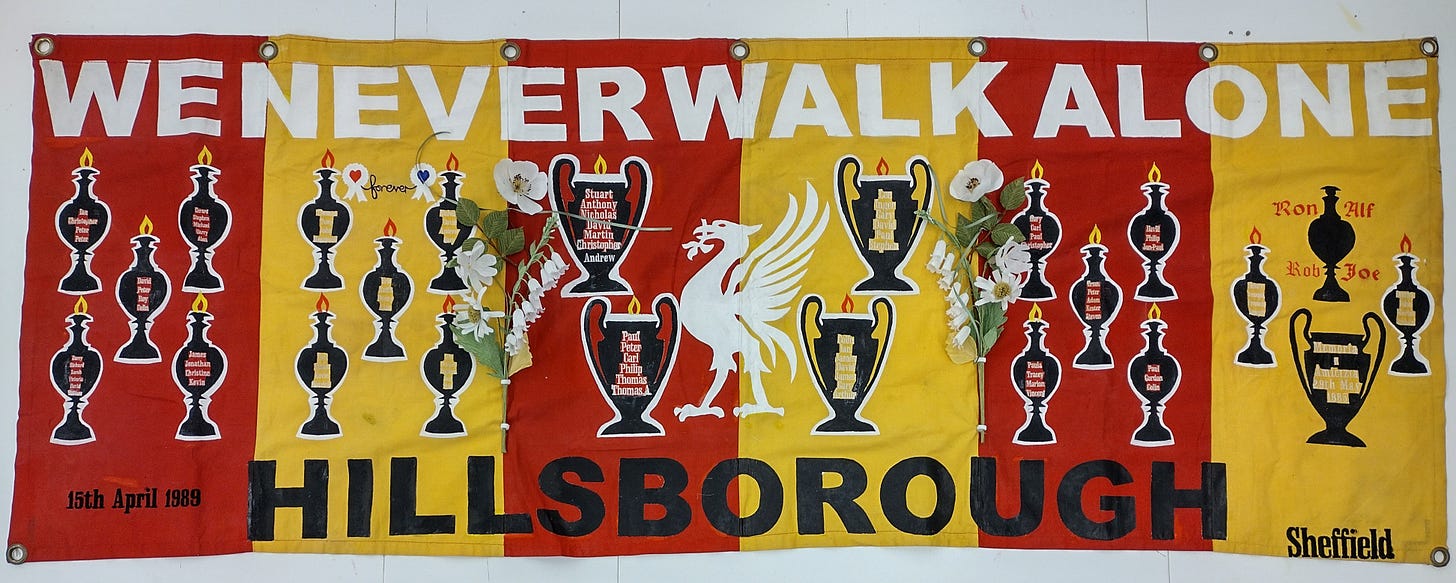
That larger scale project, The Paper Meadow, created in collaboration with 23 schools across the Wirral and containing 18 different types of flower, is now on display in Birkenhead Park Gallery until 19th July. It looks marvellous. We moved all four pallets last Saturday, the windiest day of the summer, remarkably without losing any flowers.
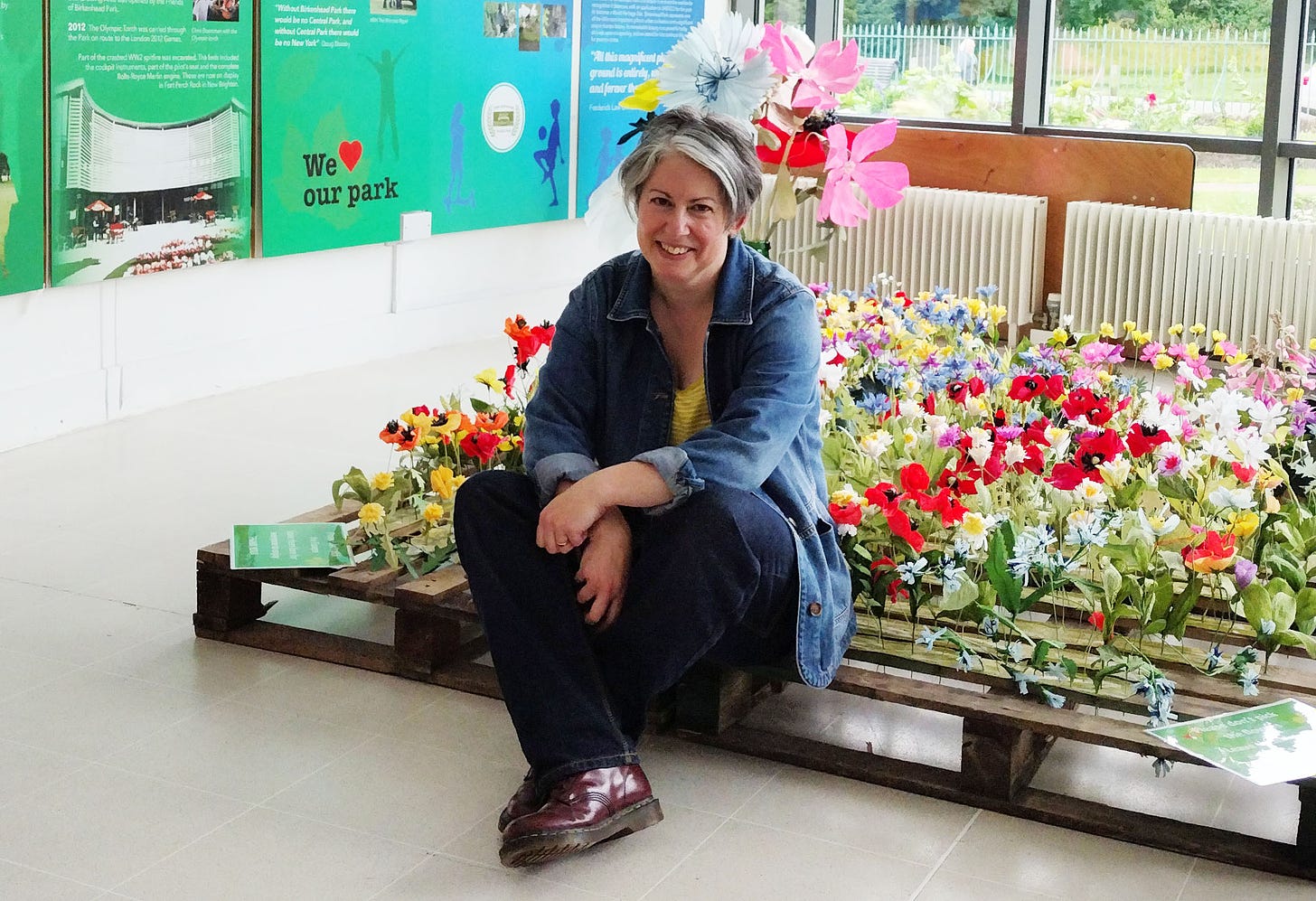
So, turning things around. Do you ever wake up feeling you have lost your way? Well, that was Monday. A workshop I had put a lot of effort into was cancelled (circumstances beyond my control etc etc). Every attempt to finish the big bunch of cornflowers currently on my table was thwarted - my thoughts were not making sense and I didn’t know how to formulate my ideas for this week’s letter…
Tuesday came and a parcel arrived - Richard Louv’s book ‘The Last Child in the Woods’, a gift from my Pa. I’m only a couple of chapters in, yet already it has shaken me up, my ideas and insights into connecting to nature are regrouping. Yearning for times past, which I know I am guilty of, is simply not the way. Nearly half a century has passed since my countryside childhood and the world now is a vastly different place - endless days out of doors just don’t happen as easily as they did back then. Spending time in nature has positive benefits for both physical and mental health, and having a connection - a deep emotional bond - with the natural world strengthens it. Research demonstrates this - it is indisputable. I know it from my lived experience, and I want my children to know it too, to experience nature as a healing force, an endless wellspring of nourishment. How do we promote these ideas in this brave new world?We can’t make pretty, be cute, hold back.
I’m struggling to find the words to distill what I want to say. Perhaps it is this: when I discovered crepe paper flowers and began to look at wildflowers differently, this amazing reconnection to nature forced a realisation. What I needed to do was make giant wildflowers, to expose the unseen details, create a sense of awe and wonder and inspire the viewer to look more closely at the real thing. Experiencing an intense reconnection to nature changed something fundamental for me and I want to inspire this connection in others, and I have to stick my neck out and do it. The world has changed quickly and immensely and as the world around us evolves, our relationship with nature must evolve too.
Parents, educators, other adults, institutions - the culture itself - may say one thing to children about nature’s gifts, but so many of our actions and messages - especially the ones we cannot hear ourselves deliver - are different.3
As those school children showed me, we - I - need to actually listen to what we are saying. And how I take that is - don’t coat it in honey. Give them the truth. Grasp the nettle. Because children will call you out.
Since then, I have visited 29 schools and community groups, sharing my enthusiasm and love of wildflowers with over 600 children. I have developed and delivered 38 different flower making sessions, encouraging people to look at flowers in a different way. I have opened my studio and welcomed hundreds of people, talking with passion about my favourite subject - and they tell me that I have changed the way they look at wildflowers. Most of the 600 children I visited in schools this past year could not identify a foxglove, but now they can.
We should not live under foolish optimism, but we have to live with hope, and be the change we want to see.
With love until next time, Ling

A 2019 survey by hoop.co.uk. 1000 children aged 5 - 16 and 1000 adults were surveyed.
The Last Child in the Woods Richard Louv 2005. Pub. Atlantic Books 2010. pg.14





